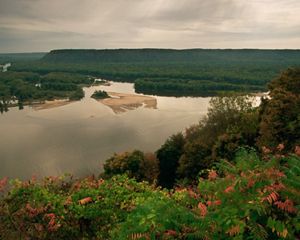Our Strategic Conservation Plan
Hope for People and Nature in Kentucky
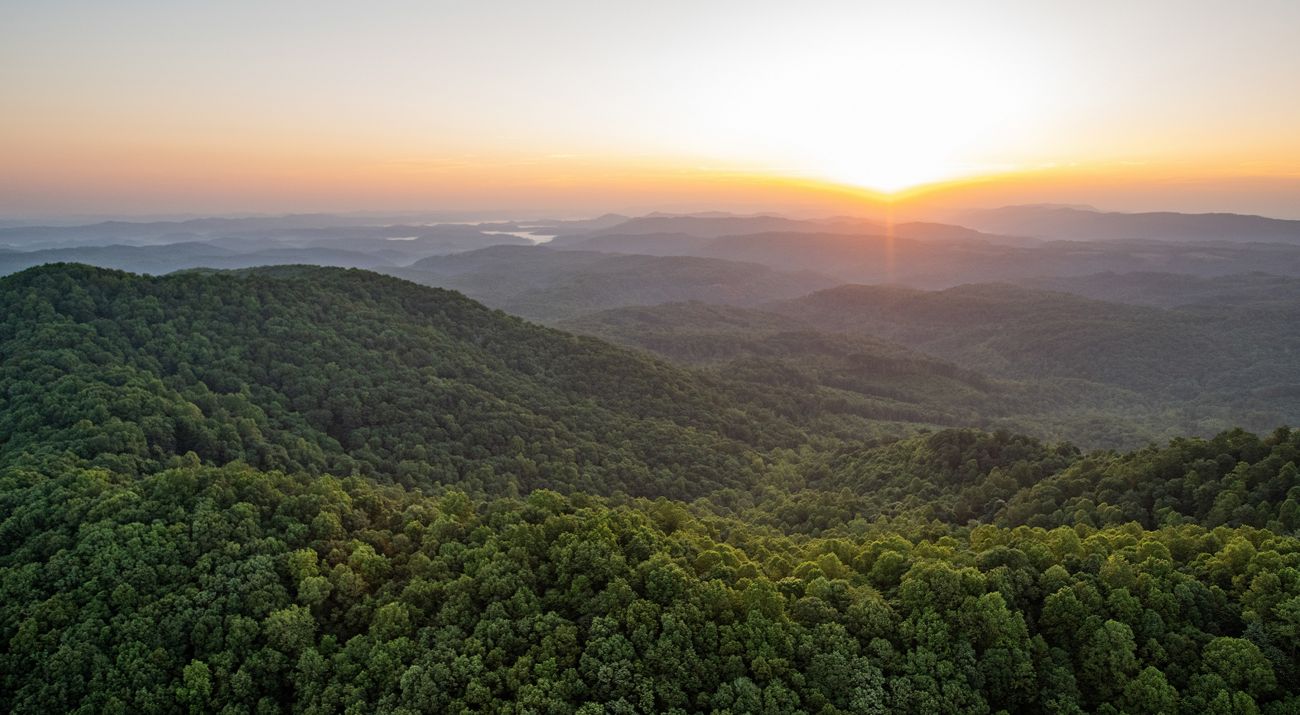
The Nature Conservancy, both globally and here in Kentucky, knows that a greener, healthier and more vibrant future remains possible if we make the right investments and enact smart policies for people and nature.
TNC’s 2030 goals represent our organization-wide commitment to securing that brighter future. Here in Kentucky, our new strategic plan will deliver meaningful solutions for people and nature locally and make significant contributions to TNC’s 2030 goals.
Highlights of our conservation plan include expanded protection, restoration and management in Kentucky’s iconic natural systems—the Central Appalachian Mountains and the Mississippi River Basin. Our plan also recognizes that public policy provides a path to scaling our work, from addressing the longstanding need to increase state investments in conservation to advancing nature’s role in making communities more resilient in the face of floods and other disasters. We will also continue to advance a nonpartisan dialogue on the urgency of confronting climate change in Kentucky to complement TNC’s ambitious national and international climate policy efforts.
Learn more below about how we will achieve this critical work.
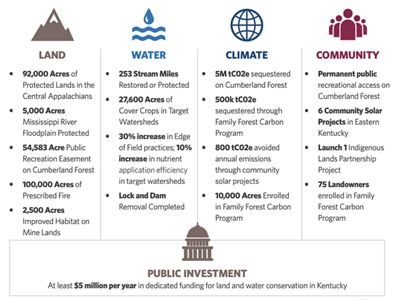
Conserving a Resilient and Connected Corridor in the Appalachian Mountains
The vast forests and fog-covered mountains of Appalachia are more than just beautiful —they are essential for people and nature. From Alabama to Canada, the Appalachian Mountains span 2,000 miles through a mostly intact network of forested mountains, valleys, wetlands and rivers. These mountains provide a continentally important migratory pathway for wildlife as the planet warms, and a critical source of drinking water for tens of millions of people. The Appalachians also provide natural carbon storage and support biodiversity of globally recognized significance.
Our work in eastern Kentucky complements a set of shared strategies with our colleagues across this landscape to conserve a resilient, connected corridor through these mountains, while ensuring our work supports strong and vibrant local communities.
Take a look at our major goals for the Appalachian Mountains in Kentucky.
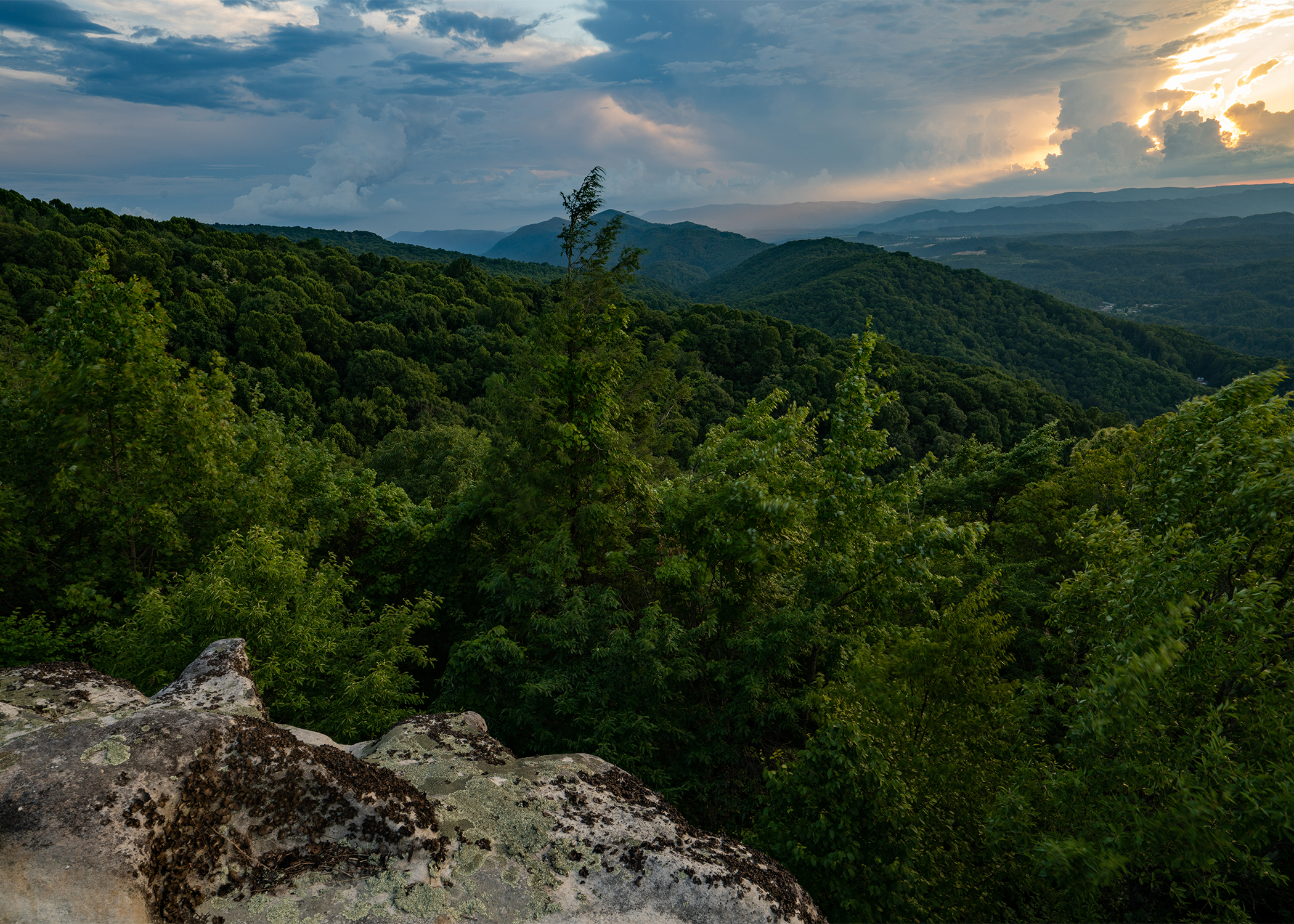
Kentucky's Appalachian Mountains
Five-Year Conservation Plan for Kentucky's Appalachian Mountains:
- Protect 92,000 acres of forest and 250 miles of streams and rivers, and transfer 10,000 acres of the land to public ownership.
- Secure a conservation easement on the 54,583-acre Cumberland Forest Wildlife Management Area (WMA), part of the larger Cumberland Forest Project, to ensure permanent protection and public access.
- Establish our first-ever project with Native American tribes, protecting 500 acres and returning these lands to indigenous ownership.
- Restore 100,000 acres with prescribed fire, including 15,000 acres in wildland/urban interface areas—reducing risk for the most dangerous and damaging wildfires.
- Reforest 2,500 acres of former mine lands on the Cumberland Forest WMA.
.jpg?crop=0%2C0%2C3542%2C2657&wid=640&hei=480&scl=5.535416666666666)
Restoring the Mississippi River, Tributaries and Floodplains
The Mississippi River is the world’s fourth largest river basin, touching 31 states and two Canadian provinces and covering 1.245 million square miles. Kentucky’s portion of the Mississippi is unique as one of the few unlevied sections of the river.
The Mighty Mississippi is a river steeped in storytelling, a river that has moved goods for generations, and a river with critical challenges. Wetlands, which provide critical flood storage and wildlife habitat, have been drained and converted to farmland. This fertile farmland in the river’s floodplain is frequently flooded and contributes to serious nutrient pollution.
This polluted runoff makes its way downriver, eventually producing a “dead zone” in the Gulf, an area where aquatic life cannot survive. We are working here in Kentucky and throughout the basin to promote better agricultural practices and restore wetlands—critical efforts to clean our rivers and restore the Gulf.
Learn about our major goals for the Mighty Mississippi in Kentucky.
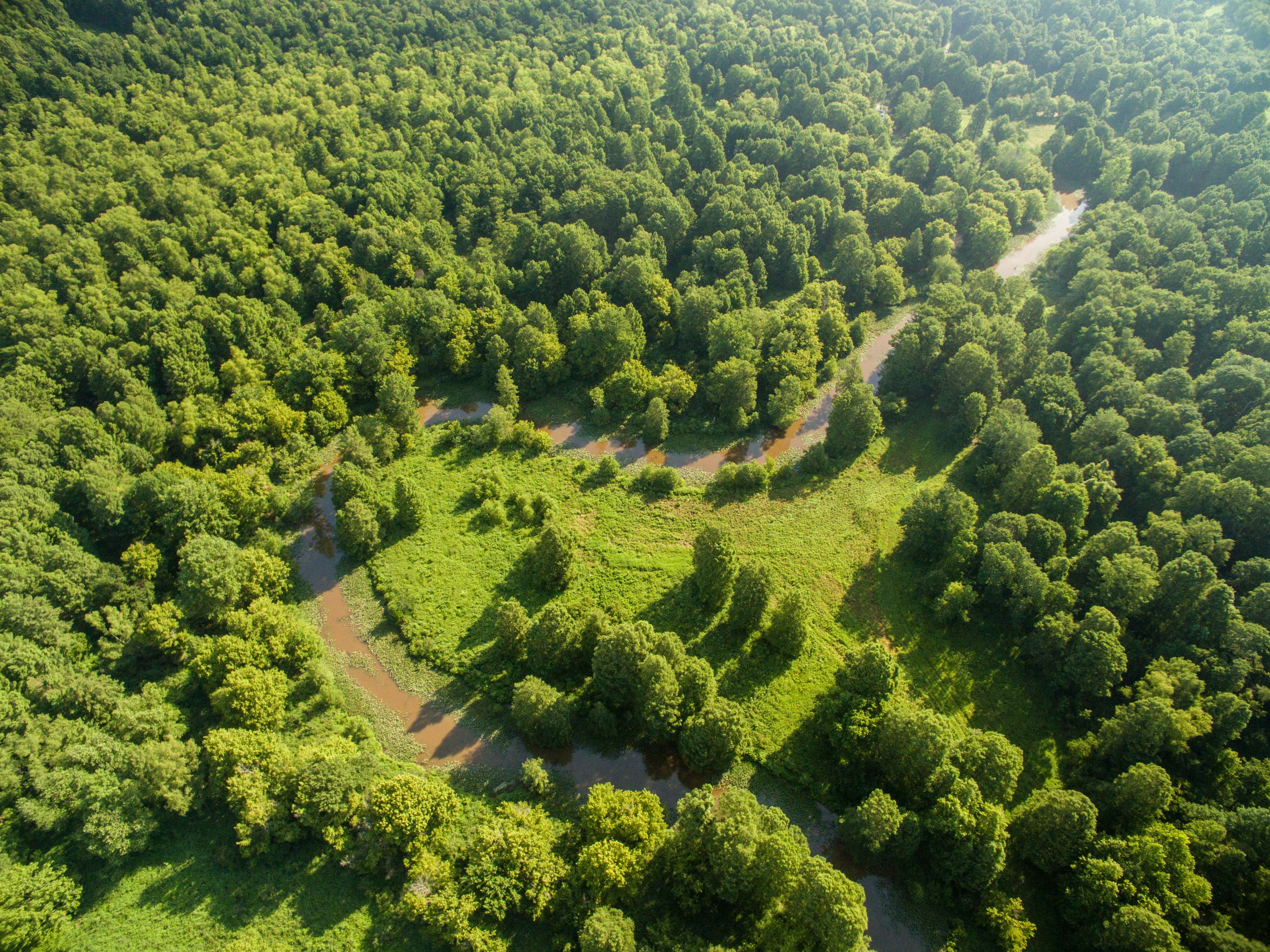
Mississippi River and Floodplains
Five-Year Conservation Plan for Western Kentucky's Mississippi River Floodplain:
- Restore three miles of stream channel and reconnect it to the floodplain.
- Conserve another 5,000 acres of wetlands, restoring former frequently flooded farm fields to young and growing bottomland hardwood forest.
- Increase cover crop acres in target watersheds by 30% (27,600 acres).
- Increase edge of field practices in target watersheds by 30% (acres target under development).
- Increase nutrient application efficiency in target watersheds by 10% (acres target under development).
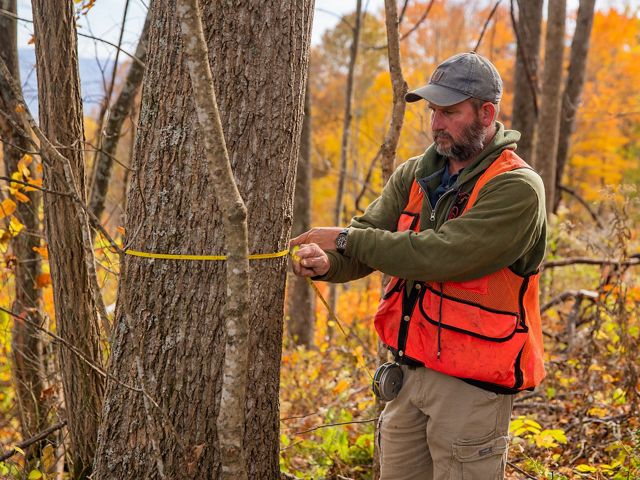
Addressing the Climate Crisis and Securing Transformative Funding
Our work in the Appalachians and along the Mississippi River represents an increase in the size and scope of our investments in longstanding priority habitats. The scale of the challenges we face demands new approaches as well, and one critical element of our work is an expanded focus on public funding and policy.
Kentucky has long lagged far behind virtually all other states in its public investments in land and water conservation. This chronic underinvestment in our natural resources must change if we are to protect Kentucky’s most critical landscapes and take advantage of growing federal investments, many of which require a state match. We are committed to building the relationships, forging the coalition and making the case to elected officials that increased state funding represents an essential investment in securing the healthy and vibrant future we all deserve.
Additionally, while acknowledging political headwinds, we will make connections with key constituencies, including agriculture and other industry leaders, to advance bipartisan and solution-oriented conversations on climate change. We believe meeting people where they are and building the economic, social and environmental case for cleaner energy and more sustainable investments creates the foundation for changing attitudes and delivering different policies. Our on-the-ground conservation efforts, which deliver real and measurable natural climate solutions, bolster this communication strategy.
Virtually all our conservation strategies—from land conservation to wetland restoration to sustainable agriculture—have direct climate benefits, either through reduced greenhouse gas emissions, increased natural carbon sequestration or increased resiliency of natural systems and human communities.
Read more about our major goals to support climate action in Kentucky.
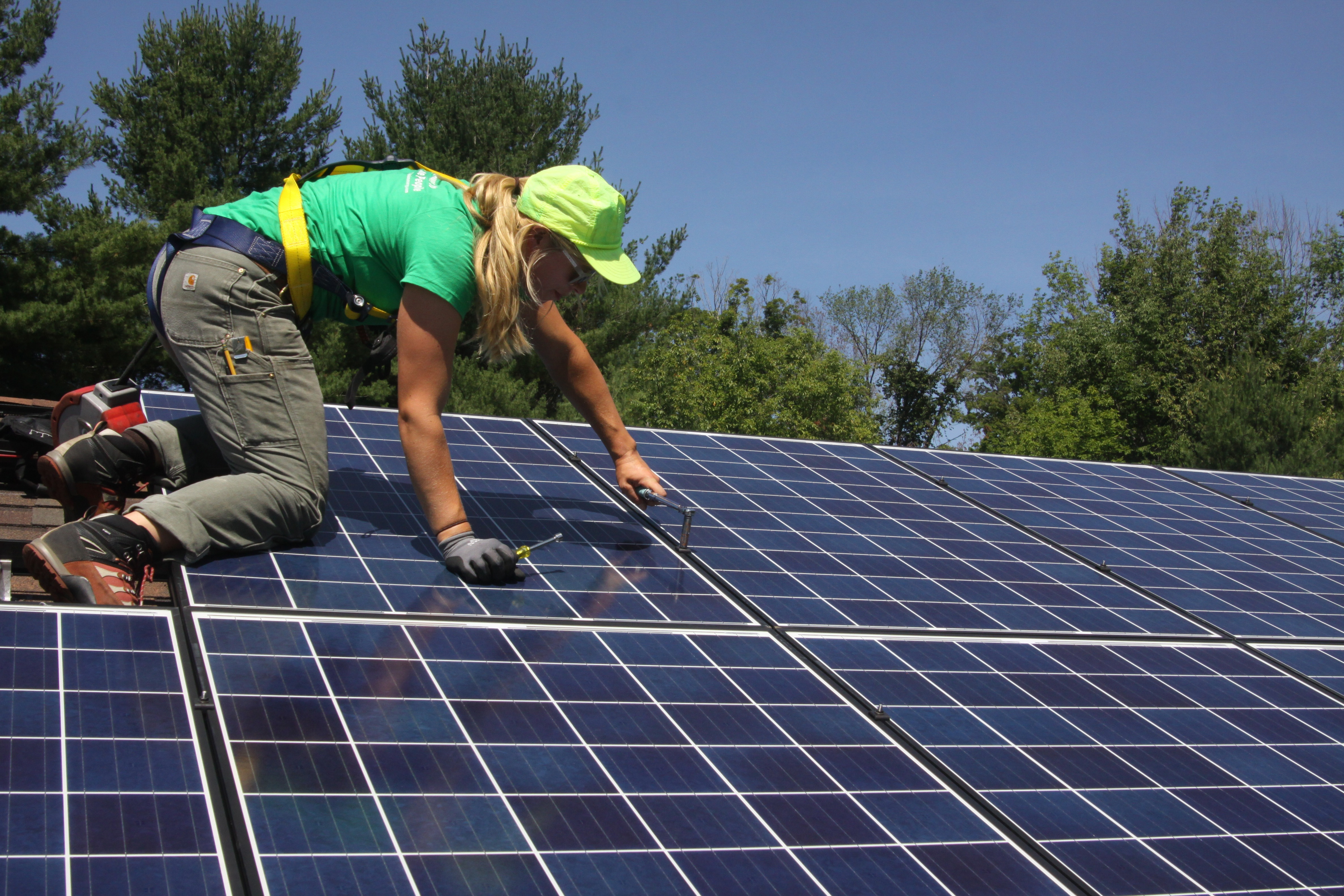
Climate Action in Kentucky
Five-Year Conservation Plan for Climate and Public Funding Efforts:
- Avoid emissions and/or sequester 5 million metric tons of carbon dioxide equivalent (tCO2e) on the Cumberland Forest Project with verified carbon offsets.
- Launch the Family Forest Carbon Program in Kentucky, with 10,000 acres enrolled, 75 landowners receiving carbon payments, and 500,000 tCO2e emissions reductions via carbon sequestration.
- Reduce potential emissions of 375,000 tC02e by reducing the risk of the most destructive wildfires.
- Complete six community solar projects in Cumberland Forest communities, avoiding emissions of 4,000 tCO2e through rooftop solar.
- Create a new state funding stream of at least $5 million per year for land and water conservation in Kentucky, benefitting climate, outdoor recreation, local economies, and public health.
- Place joint op-eds on climate and energy issues with three influential entities.
- Organize one public forum with a prominent nontraditional partner that brings diverse, bipartisan stakeholders together to discuss climate impacts and ways to address them.
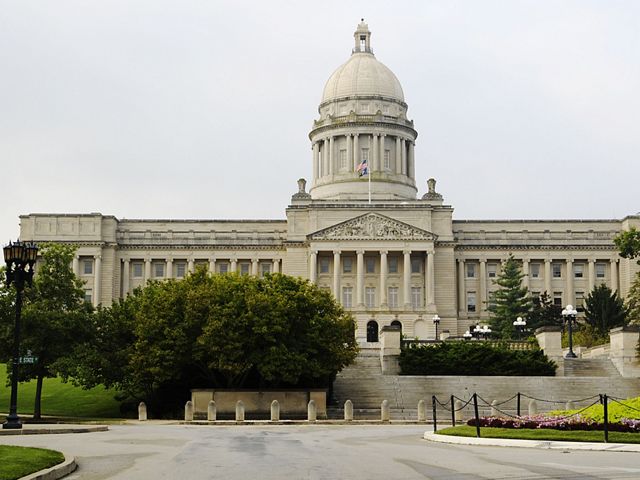
Nature Works for Kentucky Communities
All of our work benefits people, from providing places for hikers, hunters and anglers to enjoy the outdoors in eastern Kentucky to reducing downstream flood risk through wetland restoration in western Kentucky.
We are supporting solar projects via the Cumberland Forest Community Fund, reinvesting mineral royalties back into local communities to reduce community energy costs and to demonstrate the feasibility and benefits of clean energy in a region long characterized by extractive energy use.
We are also embarking on our first partnership with Native American tribes to return long-lost ancestral lands to their ownership. We are working to keep communities safer by using prescribed fire at the wildland/urban interface to reduce the risk of deadly wildfires. Finally, the Family Forest Carbon Program will pay forest owners to better manage their lands, increasing carbon storage and enabling Kentuckians with small family forests to benefit from the growing market for forest carbon credits.
People and communities are central to our work. There is not a natural world and a human world; there is simply one world, one shared planet. The nature we depend on depends on us. Demonstrating nature’s indispensable role in our lives is essential to driving the larger investments, policies and system changes necessary for a greener, healthier future. This plan enhances our longstanding approach of conservation for nature and people, with a special emphasis on ensuring our work benefits everyone, regardless of race, culture, identity, physical abilities or wealth.
Take a look at our major goals to support Kentucky's communities.
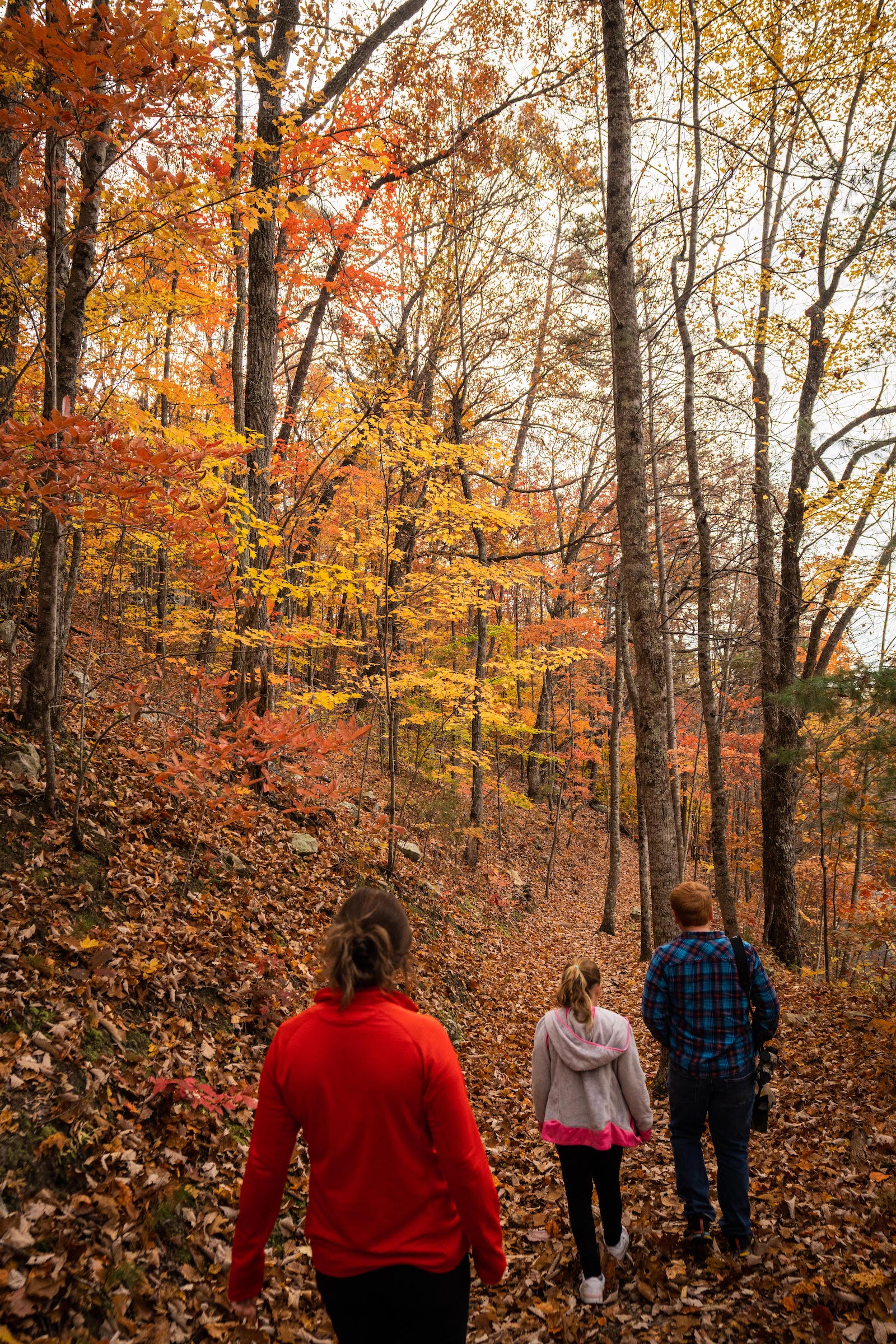

Hope Through Conservation in Action
In closing, we want you to see that we are hopeful that together we can protect Kentucky's lands and waters. Hopeful that through focus, hard work and authentic relationships with key stakeholders and decision makers, we can and will make a real difference in the world we call home and the world we will leave to our children and grandchildren.
We still have a long way to go but these efforts help keep Kentucky on track. We are dedicated to achieving our mission not simply because we recognize the dire need for action but because we fundamentally believe that our work makes a real difference. We won’t solve biodiversity loss or climate change by ourselves, but we are part of something much bigger, both in TNC globally and in the even larger community of people, organizations, businesses and governments working for a brighter and healthier future. Hope is a powerful ingredient in any strategy, and it is at the very heart of this strategic plan.
Success is not only possible, it is imperative. Choose action and join us in this most critical time to conserve the lands and waters on which all life depends.
We Can’t Save Nature Without You
From the beautiful Appalachian Mountains in the east to the fertile Mississippi River Basin in the west, nature matters to Kentuckians. By supporting our work, you can help ensure a future in which nature and people can thrive.
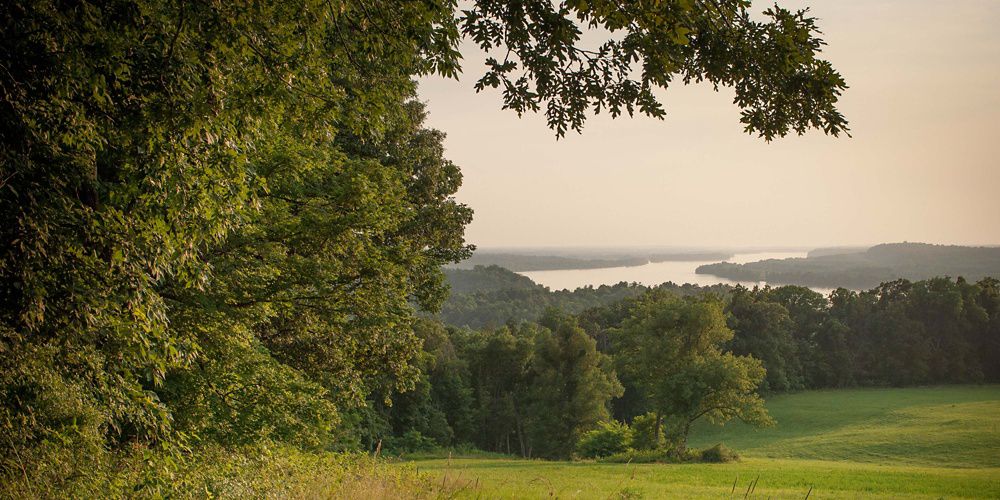

Kentucky Nature News
Sign up to receive monthly conservation news and updates from TNC in Kentucky. Learn more about important conservation news near you.
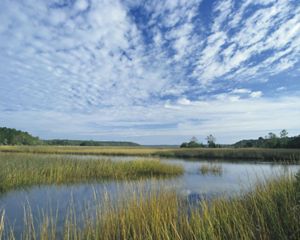
.jpg?crop=333%2C0%2C3333%2C2667&wid=300&hei=240&scl=11.1125)
